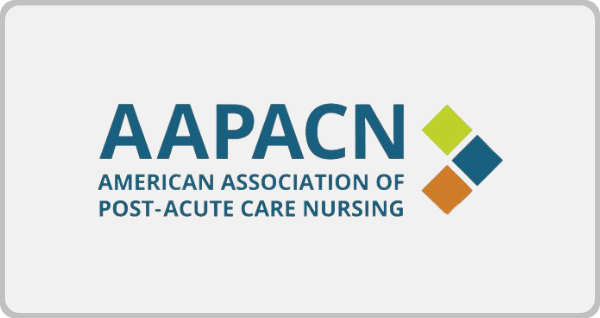By Caralyn Davis | Jan. 24, 2018 | Excerpted from: AANAC
Baseline care plans have been required since late November 2017, but nurse assessment coordinators (NACs) and other interdisciplinary team (IDT) members are still navigating through a lot of misinformation to learn the rules of the road for F655 (Baseline Care Plans) as detailed in Appendix PP of the State Operations Manual.
Here are seven common myths that need to be vanquished:
Myth: The resident needs to sign the baseline care plan
The baseline care plan does not need to be signed by the resident, states Melanie Tribe-Scott, RN, RAC-MT, QCP, director of clinical reimbursement for Health Concepts in Providence, RI. “Many NACs appear to be confusing the baseline care plan requirements under F655 with the interpretive guidance for F553 (Right to Participate in Planning Care).”
F553 says that the resident has the right to see the care plan, including the right to sign (should they choose to) after significant changes are made to the care plan, she notes. “The intent of that regulation is to ensure that facility staff include the resident or their representative in all the aspects of person-centered care planning. This is in reference to the comprehensive care plan.”
